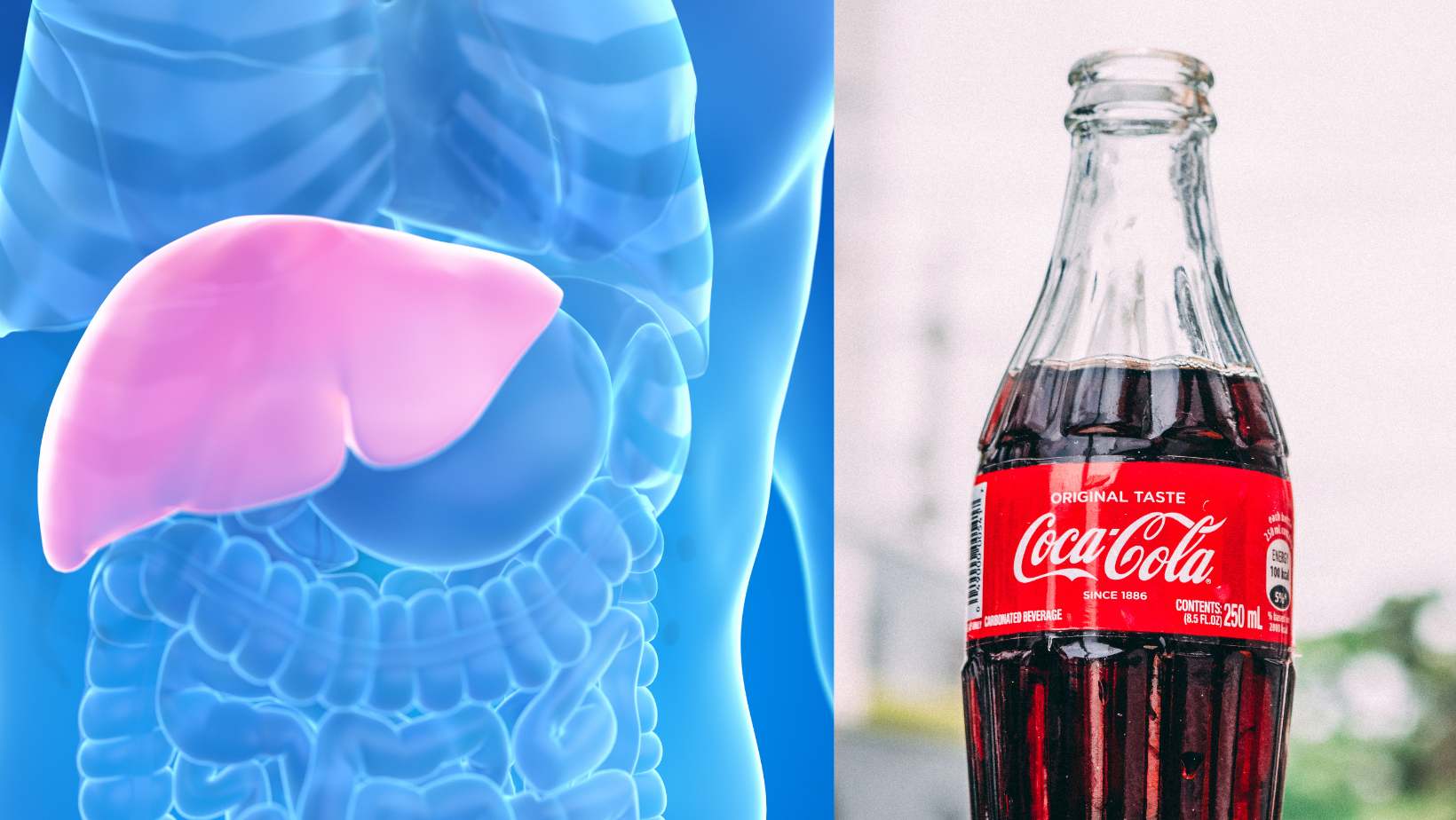The Sweet Deception: Unmasking America’s Hidden Health Crisis
Imagine a disease affecting 90 million Americans, silently damaging organs and increasing the risk of heart disease, diabetes, cancer, and dementia. Now, imagine that this condition is largely preventable and reversible. Welcome to the world of non-alcoholic fatty liver disease (NAFLD), a health crisis hiding in plain sight, fueled by an unexpected culprit: sugar.
The Fatty Liver Phenomenon: More Than Just a Weight Issue
Fatty liver disease occurs when excess fat accumulates in liver cells. While we’ve long associated liver problems with alcohol consumption, NAFLD proves that even teetotalers aren’t immune. The primary driver? A diet high in sugar and refined carbohydrates, with a particular villain taking center stage: fructose.
Fructose: The Sweet Poison
Not all sugars are created equal when it comes to liver health. Fructose, especially in its processed form as high fructose corn syrup (HFCS), is particularly harmful. Unlike glucose, fructose is metabolized almost exclusively by the liver, triggering a process called lipogenesis – the production of fat.
The Soda Connection
Sodas, laden with HFCS, are a major contributor to the fatty liver epidemic. With billions of servings consumed annually in the US, these sugary drinks are essentially delivering a fructose bomb directly to our livers.
Diagnosing the Hidden Threat
One of the challenges with NAFLD is its stealthy nature. Standard liver function tests often appear normal in the early stages. More sensitive diagnostics include:
- Elevated AST and GGT liver enzymes
- Fibroscan (ultrasound-based liver scan)
- MRI liver fat assessment
The Ripple Effect: Beyond the Liver
Fatty liver isn’t just a liver problem. It sets off a cascade of metabolic disruptions, including:
- Insulin resistance
- Increased inflammation
- Abnormal cholesterol profiles
- Accumulation of dangerous visceral fat
The High-Risk Demographics
While NAFLD can affect anyone, certain groups are more susceptible. Latin Americans, for instance, show a higher genetic predisposition. Alarmingly, the disease is now appearing in children, with some as young as 12 requiring liver transplants due to soda-induced liver damage.
The Fructose Factor: Not All Sugars Are Equal
Understanding fructose metabolism is key to grasping why it’s so detrimental to liver health. Unlike glucose, which can be used by cells throughout the body, fructose is primarily processed in the liver. This unique metabolism pathway makes it particularly prone to contributing to fat accumulation in liver cells.
High Fructose Corn Syrup: A Modern Menace
HFCS is particularly problematic due to its high concentration of “free” fructose. This processed form is rapidly absorbed and can overwhelm the liver’s capacity to process it healthily.
The Starch Connection: It’s Not Just About Sugar
While fructose is a primary culprit, other refined carbohydrates also contribute to fatty liver. Starches from sources like white bread, pasta, and even some whole grains can rapidly convert to sugar in the body, potentially contributing to liver fat accumulation.
Healing the Liver: A Holistic Approach
The good news is that fatty liver is often reversible with lifestyle changes. Key strategies include:
- Eliminating high fructose corn syrup from the diet
- Reducing overall sugar and refined carbohydrate intake
- Increasing healthy fats like MCT oil, avocados, and olive oil
- Regular exercise to improve insulin sensitivity
- Incorporating liver-supportive supplements and foods
Supplements for Liver Health
Several supplements have shown promise in supporting liver health:
- N-acetylcysteine (NAC)
- Alpha-lipoic acid
- Milk thistle
- B vitamins, zinc, selenium, and magnesium
Superfoods for Your Liver
Certain foods are particularly beneficial for liver health:
- Cruciferous vegetables (broccoli, kale, Brussels sprouts)
- Garlic and onions
- Herbs like cilantro and parsley
- Artichokes and dandelion greens
The Bottom Line: A Call to Action
Fatty liver disease is a silent epidemic, but it doesn’t have to be. By understanding the role of sugar, particularly fructose, in liver health, we can take proactive steps to protect ourselves. Here are key takeaways:
- Eliminate high fructose corn syrup from your diet
- Reduce overall sugar and refined carbohydrate intake
- Incorporate liver-supportive foods and supplements
- Stay active with regular exercise
- If you suspect fatty liver, seek proper diagnostic tests
FAQ: Understanding Fatty Liver Disease
Can I still eat fruit if I’m worried about fatty liver?
Yes, whole fruits are generally safe and beneficial. The fiber, vitamins, and antioxidants in fruit help mitigate the effects of fructose. Focus on moderate portions of lower-sugar fruits like berries.
Is fatty liver disease reversible?
In many cases, yes. Early-stage fatty liver can often be reversed through dietary changes, exercise, and targeted supplementation. However, advanced stages may require medical intervention.
How quickly can I see improvements in my liver health?
Some people report feeling better within weeks of making dietary changes. However, measurable improvements in liver fat content typically take several months. Consistency is key in healing your liver.
